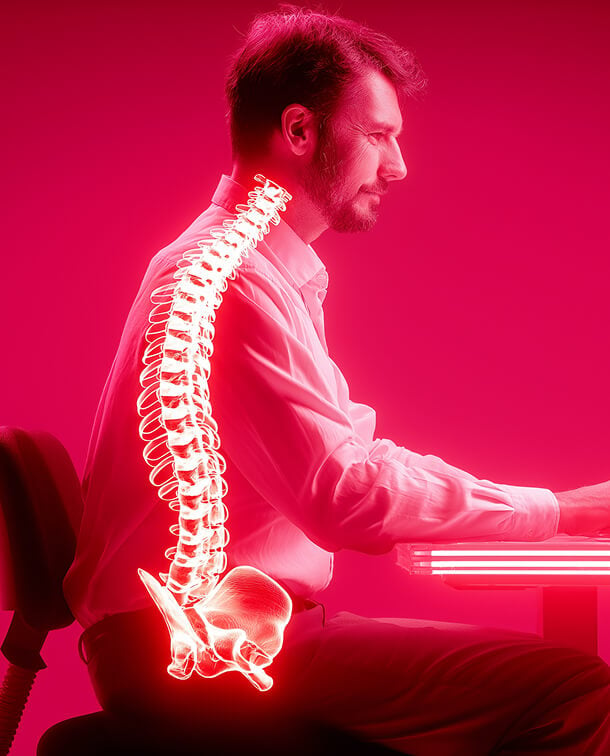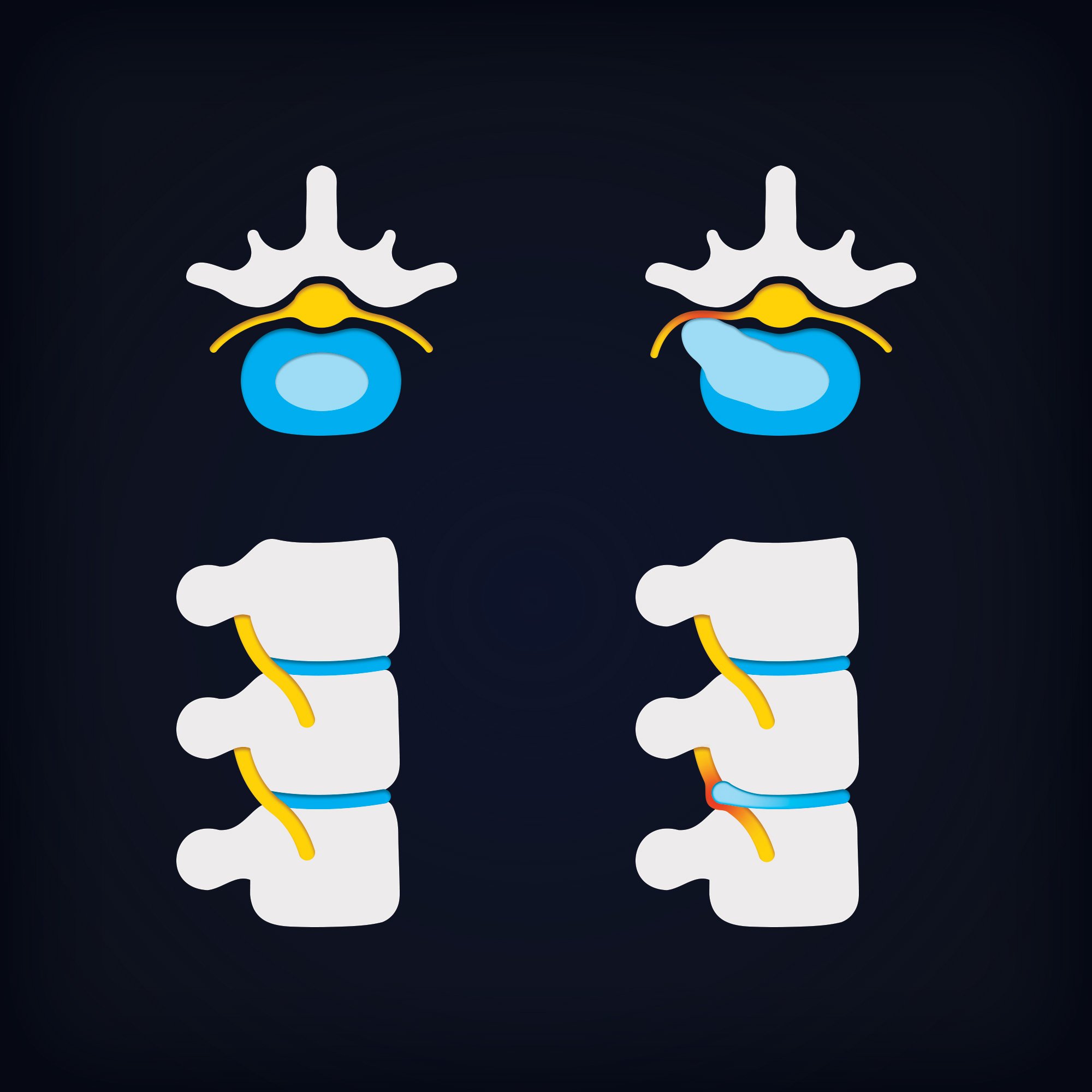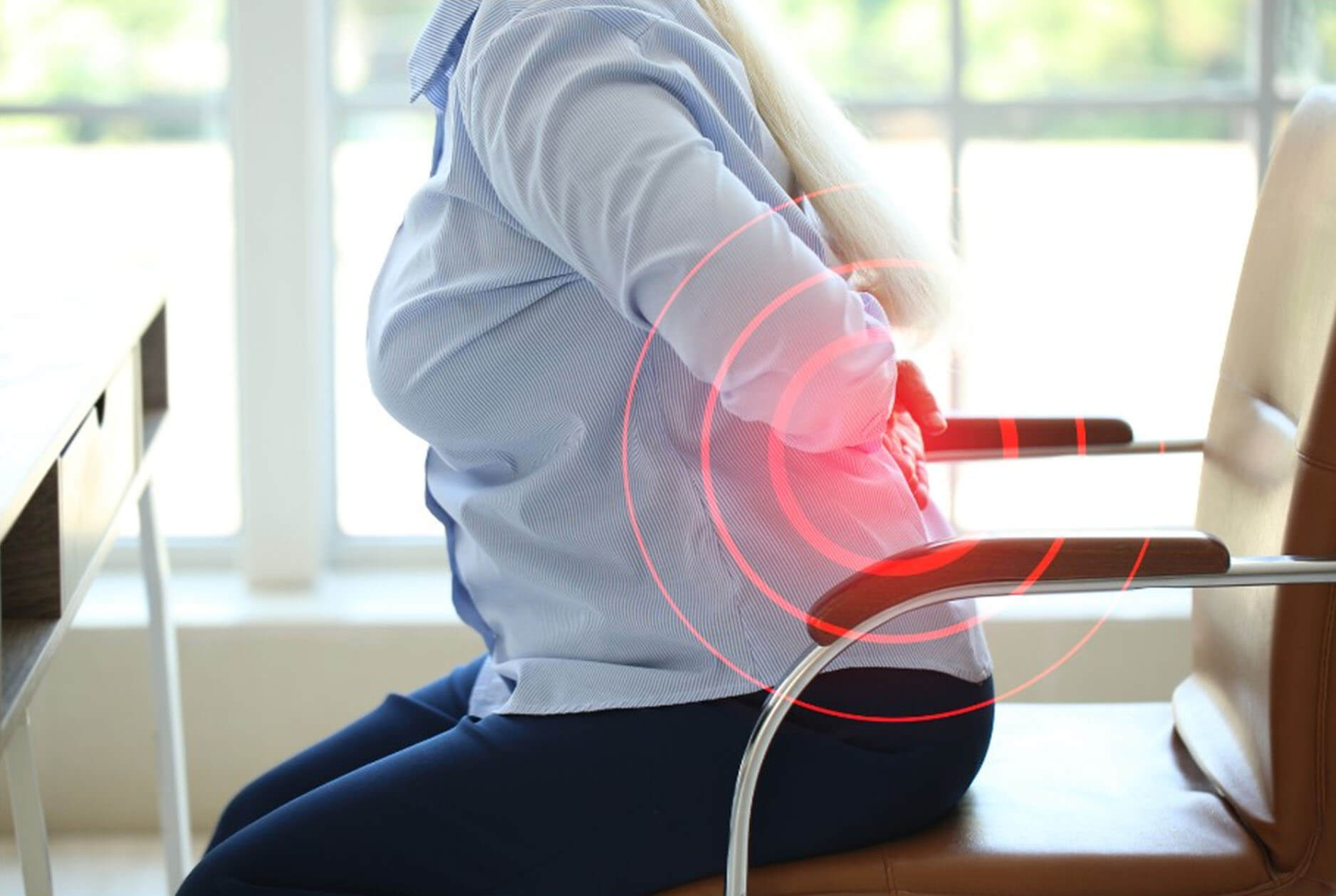Effects of Poor Posture: $10k-150k on back surgery
Invest in your posture and save $$
Did you know that chronic poor sitting posture can lead to all kinds of back issues like disc herniation and spondylolisthesis? And these often lead to pain and sometimes very expensive surgery!
In the United States, the average cost of back surgery can range from $10,000 to $100,000 or more. For example, a spinal fusion surgery, a common back surgery procedure, can cost anywhere from $25,000 to $150,000, while a laminectomy, a surgery that removes a portion of the vertebra to relieve pressure on the spinal cord, may cost around $20,000 to $50,000.
But is surgery really the best option? The evidence says otherwise.
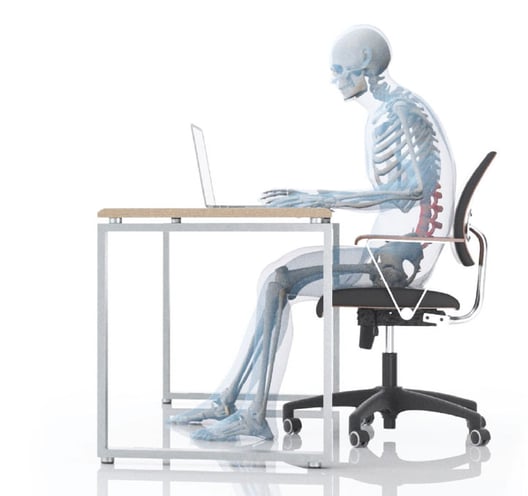
Several studies have shown that the success rate of back surgery for chronic lower back pain is relatively low. For example, a study from 2012 found that only about half of patients who underwent lumbar fusion surgery reported significant improvement in pain and function at one-year follow-up.1 Another study from 2006 found that patients with herniated lumbar discs who underwent surgery had similar outcomes to those who received non-surgical treatment such as physical therapy and medication over a two-year follow-up period.2
Additionally, a study conducted by Cochrane Collaboration in 2018 found low-quality evidence for the effectiveness of surgery over non-surgical treatment in improving physical function and pain relief in lumbar spinal stenosis cases.3
These statistics suggest that alternative treatment options such as physical therapy, pain management, and posture improving exercise should be considered before deciding on surgery for back pain, as many back conditions can improve over time with non-surgical treatment.
What if I told you that your posture and back pain could improve by spending your sitting hours in the right office chair?
Anthros has designed a revolutionary office chair that is guaranteed to improve posture in 60 days.*
1 Precision Posture System
Unlike standard office chairs, this two part back system is designed to support the spine at its foundation- the pelvis. The low back support adjusts to meet the pelvis and support it in a neutral position. This automatically aligns the spine in its optimal “S” shaped position. The upper back support then adjusts to meet the upper back and promotes elongation of the spine. This combination provides an effortless upright sit for long sitting hours.
2 Low Pressure Seat Cushion
When sitting in good posture, the pelvis is in neutral and the sit bones drive directly down into the seat surface. This is why the cushion is so important to maintain good posture over time!
Anthros has designed the lowest pressure dynamic density foam cushion with pressure relieving cut-outs to distribute pressure away from the sit bones. This allows you to sit upright without needing to shift, cross your legs, fidget, and allows you to optimize your focus and performance throughout the day.
3 Decompress Mode
With typical chairs, the resting position is reclined. The problem is that reclining causes the pelvis to roll backward, which results in a slouched, rounded posture. In contrast, the seat and back move back together in tilt or Decompress Mode, holding the pelvis in neutral which maintains an aligned posture.
Invest in your HEALTH with Anthros!
If you are looking to improve posture while sitting, look no further than Anthros.
Anthros is the only chair in the world that is guaranteed to improve posture or your money back. The science-backed, patented design, is registered with the FDA as a posture-improving chair and is proven to have the lowest pressure (most comfortable) cushion on the planet (verified by university testing).
Take the next step to reducing pain, increasing comfort, and maximizing performance!
References:
- Kimberly A, is a Nursing CD, Manchikanti L. Results of 2-year follow-up of a randomized, double-blind, controlled trial of fluoroscopic caudal epidural injections in central spinal stenosis. Pain Physician. 2012 Sep;15:371-84.
- Weinstein JN, Tosteson TD, Lurie JD, et al. Surgical vs Nonoperative Treatment for Lumbar Disk Herniation: The Spine Patient Outcomes Research Trial (SPORT): A Randomized Trial. JAMA. 2006;296(20):2441–2450. doi:10.1001/jama.296.20.2441
- Poetscher AW, Gentil AF, Ferretti M, Lenza M. Interspinous process devices for treatment of degenerative lumbar spine stenosis: A systematic review and meta-analysis. PLoS One. 2018 Jul 6;13(7):e0199623.
Recent Post
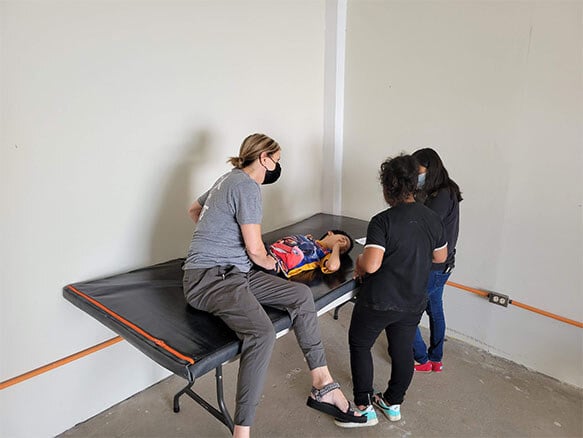
Four Lessons About Seating Everyone Can Learn from Wheelchair Users
September 18, 2025Working with wheelchair users has been an...
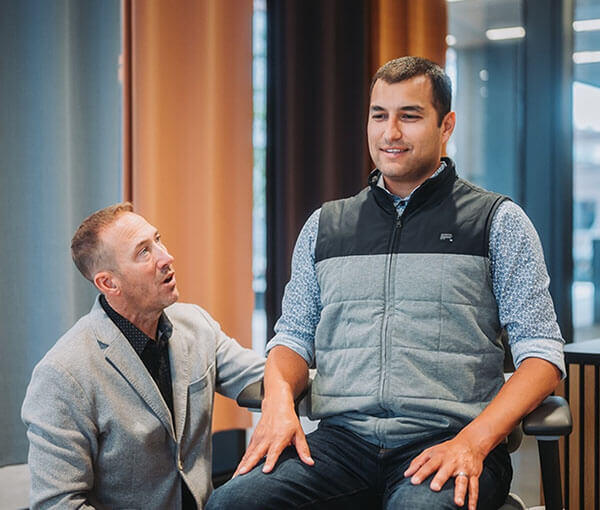
People Over Profits: Why Anthros Puts Comfort and Care First
September 17, 2025At Anthros, our mission is simple: to put people...





